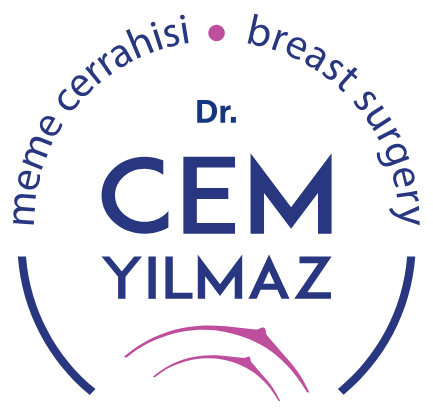Saturday: 08:00 - 14:00
Breast Ultrasonography
Ultrasound is an imaging method obtained by the differential reflection of sound waves. A small, hand-held device is gently moved over the breast. During this time, sound waves are sent to the breast. The reflected sound waves are transmitted to a screen. The images created from these differential reflections are used to evaluate the structures within the breast.
Ultrasound, unlike mammography, uses a cross-sectional imaging method. Tissues do not overlap during the examination, preventing potential diagnostic errors. In women with dense breast tissue, an ultrasound examination of the breast is also recommended. This allows for the detection of small cancer foci covered by breast tissue on mammography more easily with ultrasound.
- As the initial screening method, it is recommended for all women under 35, as it does not involve radiation.
- For pregnant or breastfeeding women, as it does not involve radiation.
- For those with signs of infection, such as breast redness or severe pain.
- For women with dense breasts in addition to mammography.
- For those with suspicious findings on mammography or physical examination.
- For breast cancer screening to identify additional tumor foci and to evaluate the armpit and the opposite breast.
- It is recommended for male patients with breast complaints (in conjunction with mammography, if necessary).
Ultrasonography is one of the most demanding radiology examinations. Ultrasonography, especially for breast imaging, should be performed by physicians with specialized experience, expertise, and training. When performed by individuals without specialized breast imaging experience, it is possible that some findings may be overlooked or misinterpreted.


